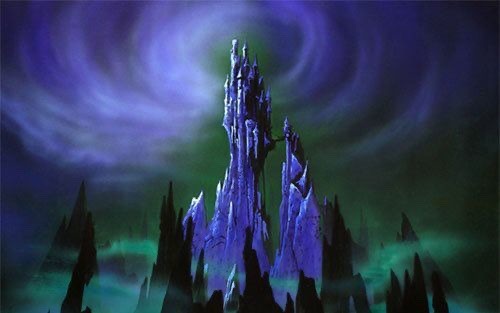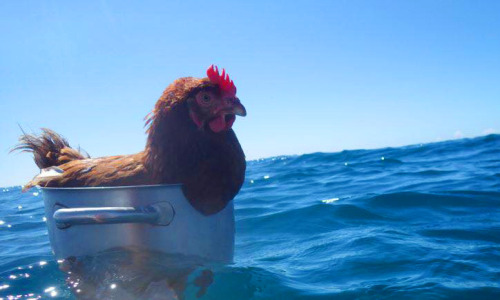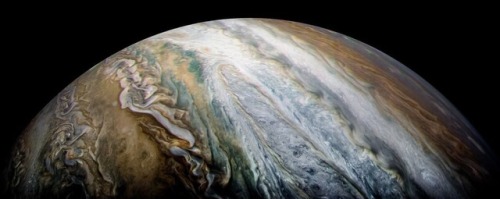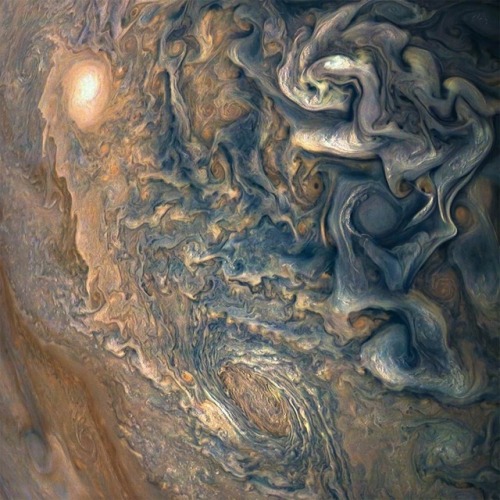earth-trisolaris-organization
ELIMINATE HUMAN TYRANNY!
96 posts
Latest Posts by earth-trisolaris-organization

From: Beaumont, Cyril W. (Cyril William), 1891-1976. The mysterious bookshop. London : C.W. Beaumont, 1924; illustration by Wyndham Payne
Z239.2.B4 B3



ye wenjie and wang miao










Where Disney villains reside...
Three-Body Trilogy: Spoilers without context
THE THREE-BODY PROBLEM






THE DARK FOREST






DEATH’S END






Sometimes I think about those high res Jupiter pics and then think about Van Gogh and get emotional because it’s like this one, lonely man that didn’t experience an ounce of fame or recognition in his life time had the image of the universe in his head and he didn’t know it.



Poo dat said they gon beat them ain'ts!






“你是过去那种被这两样东西绑架的人,像我的导师那样。不过,在这个时代,良心和责任可不是褒义词……” ——刘慈欣《三体3:死神永生》

……那是他大学生活中最阳光明媚的一天。
——刘慈欣《三体3:死神永生》

A list of books I read this year that were absolutely amazing (´∀`=)

Scientists are working on those replicators.
The protein is created from water, electricity and carbon dioxide and the Finnish researcher believes “the price can be pushed to 1 euro per kg”. Creating food this way doesn’t require the right humidity and soil and doesn’t take up the vast acreage otherwise required for growing soy beans for example.
Potentially all that is required is solar power - making it possible to feed people in deserts. Commercial use is hopefully 10 years away.
Famine solved! No more starving! Our Star Trek future is here!
(x)


The Three-body Problem——Sword Holder



Hey Miss ………….

________🌟________





The ultimate art gallery, the wonders and magic of space

Another of my favorite books… The Three Body Problem by Liu Cixin
Largest Batch of Earth-size, Habitable Zone Planets
Our Spitzer Space Telescope has revealed the first known system of seven Earth-size planets around a single star. Three of these planets are firmly located in an area called the habitable zone, where liquid water is most likely to exist on a rocky planet.

This exoplanet system is called TRAPPIST-1, named for The Transiting Planets and Planetesimals Small Telescope (TRAPPIST) in Chile. In May 2016, researchers using TRAPPIST announced they had discovered three planets in the system.

Assisted by several ground-based telescopes, Spitzer confirmed the existence of two of these planets and discovered five additional ones, increasing the number of known planets in the system to seven.

This is the FIRST time three terrestrial planets have been found in the habitable zone of a star, and this is the FIRST time we have been able to measure both the masses and the radius for habitable zone Earth-sized planets.
All of these seven planets could have liquid water, key to life as we know it, under the right atmospheric conditions, but the chances are highest with the three in the habitable zone.

At about 40 light-years (235 trillion miles) from Earth, the system of planets is relatively close to us, in the constellation Aquarius. Because they are located outside of our solar system, these planets are scientifically known as exoplanets. To clarify, exoplanets are planets outside our solar system that orbit a sun-like star.

In this animation, you can see the planets orbiting the star, with the green area representing the famous habitable zone, defined as the range of distance to the star for which an Earth-like planet is the most likely to harbor abundant liquid water on its surface. Planets e, f and g fall in the habitable zone of the star.
Using Spitzer data, the team precisely measured the sizes of the seven planets and developed first estimates of the masses of six of them. The mass of the seventh and farthest exoplanet has not yet been estimated.

For comparison…if our sun was the size of a basketball, the TRAPPIST-1 star would be the size of a golf ball.
Based on their densities, all of the TRAPPIST-1 planets are likely to be rocky. Further observations will not only help determine whether they are rich in water, but also possibly reveal whether any could have liquid water on their surfaces.
The sun at the center of this system is classified as an ultra-cool dwarf and is so cool that liquid water could survive on planets orbiting very close to it, closer than is possible on planets in our solar system. All seven of the TRAPPIST-1 planetary orbits are closer to their host star than Mercury is to our sun.

The planets also are very close to each other. How close? Well, if a person was standing on one of the planet’s surface, they could gaze up and potentially see geological features or clouds of neighboring worlds, which would sometimes appear larger than the moon in Earth’s sky.

The planets may also be tidally-locked to their star, which means the same side of the planet is always facing the star, therefore each side is either perpetual day or night. This could mean they have weather patterns totally unlike those on Earth, such as strong wind blowing from the day side to the night side, and extreme temperature changes.

Because most TRAPPIST-1 planets are likely to be rocky, and they are very close to one another, scientists view the Galilean moons of Jupiter – lo, Europa, Callisto, Ganymede – as good comparisons in our solar system. All of these moons are also tidally locked to Jupiter. The TRAPPIST-1 star is only slightly wider than Jupiter, yet much warmer.
How Did the Spitzer Space Telescope Detect this System?
Spitzer, an infrared telescope that trails Earth as it orbits the sun, was well-suited for studying TRAPPIST-1 because the star glows brightest in infrared light, whose wavelengths are longer than the eye can see. Spitzer is uniquely positioned in its orbit to observe enough crossing (aka transits) of the planets in front of the host star to reveal the complex architecture of the system.

Every time a planet passes by, or transits, a star, it blocks out some light. Spitzer measured the dips in light and based on how big the dip, you can determine the size of the planet. The timing of the transits tells you how long it takes for the planet to orbit the star.

The TRAPPIST-1 system provides one of the best opportunities in the next decade to study the atmospheres around Earth-size planets. Spitzer, Hubble and Kepler will help astronomers plan for follow-up studies using our upcoming James Webb Space Telescope, launching in 2018. With much greater sensitivity, Webb will be able to detect the chemical fingerprints of water, methane, oxygen, ozone and other components of a planet’s atmosphere.
At 40 light-years away, humans won’t be visiting this system in person anytime soon…that said…this poster can help us imagine what it would be like:

Make sure to follow us on Tumblr for your regular dose of space: http://nasa.tumblr.com





aaaaaaa I can’t wait
![Cixin Liu [x]](https://64.media.tumblr.com/e0470fd48307ab9c6d6ad1a3c196f406/tumblr_oj9wflt9To1rk37gjo1_500.jpg)
Cixin Liu [x]






